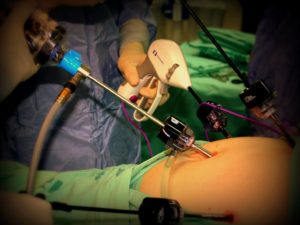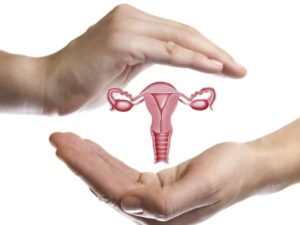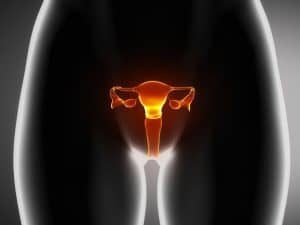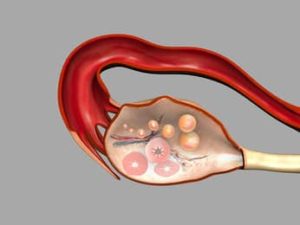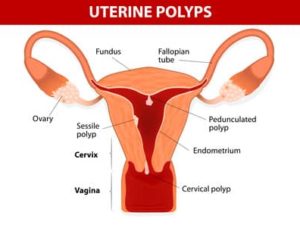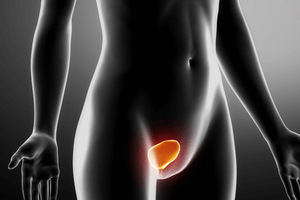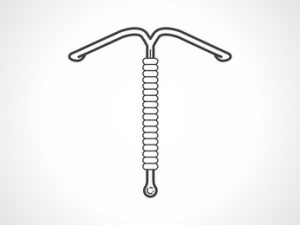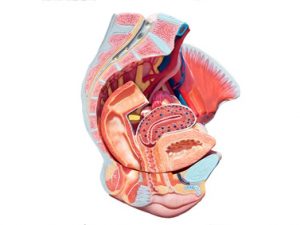Below you can find some of the more common gynaecological conditions I treat and procedures I conduct, presented shortly. Further information will be given during our meeting.
Endometriosis is a condition where the innermost layer of uterus, called the endometrium, grows in locations outside the uterus, such as the pelvis and around the ovaries. Symptoms include period pain, pain during intercourse, abnormal bleeding, infertility and more..
Laparoscopy is a minimally invasive surgical procedure performed using laparoscope, a thin fiber-optic instrument with camera attached to it. Laparoscope can be used for diagnosing and treating various conditions.
Ovarian cysts, is a general term for a large number of conditions, in which there is some tumor on or within the ovaries. The tumor may be benign or malignant.
What is considered abnormal menstrual bleeding? Increased menstrual bleeding is abnormal. This is a fairly common condition and one in five women suffers from increased menstrual bleeding. This condition can be accompanied by symptoms of prolonged and unstoppable bleeding, sometimes passing tissue parts and blood clots, which require frequent replacement of pads and tampons. Significant…
Hysterectomy is the removal of the uterus. This is a major surgery, done under general anaesthesia. Hysterectomy is done for multiple reasons, usually after other treatments have been tried and failed. After hysterectomy, periods will cease, pain associated with periods will reduce or cease and pregnancy will not be possible. Hysterectomy by itself, will not…
Fibroids are benign tumours of the uterus. They are very common and the majority are small and do not cause any symptoms. Possible symptoms include abnormal bleeding-heavy/prolonged periods, spotting between periods, pelvic pressure and pain and infertility.
What is a Hysteroscopy? Hysteroscopy is a procedure that allows the examination of the uterine cavity. The procedure is performed by the hysteroscope, which is a narrow telescope with light and a camera at its end. The images are broadcast to a high resolution screen. The hysteroscope is inserted into the uterine cavity through the…
Endometrial ablation is the diathermy or removal of the endometrium ( the lining of the uterus). It is done to treat various conditions of heavy menstrual bleeding. It may be an alternative treatment option to hysterectomy.
Polycystic Ovarian Syndrome or PCOS, is a condition with many different features including: very irregular periods, Hyperandrogenism (high levels of male hormones), Obesity and Polycystic ovaries on ultrasound.
The treatment and management of PCOS depends upon the patient’s goals whether that be fertility, menstrual regulation, control of high androgen levels or reducing the long term risks.
What is a Polyp? Polyps are benign tumors of the uterus. They are a product of overproduction of the endometrium and are grown into the uterine cavity. They may appear in any women, or in those with high levels of estrogen, but it is not really clear why they are growing. Polyps increase rapidly during…
Infertility is termed as the failure to achieve pregnancy after a year, with having regular intercourse. In patients with suspected infertility background, or women aged 35 years or older, it is recommended to consider early investigation and treatment, as there is a decrease in the chances of conceiving and giving birth as the age of…
There are many contraceptive methods available in the market. Deciding which means to use may be difficult because there are many factors to consider, including costs, future pregnancy plans, side effects, and more. Most methods are quite effective if used properly. In principle, the best method is one that you use consistently, will be acceptable…
Urinary incontinence is the loss of bladder control resulting in urinary leakage. The condition is far more common than women realize and is treatable.
Vaginal prolapse is a condition where the pelvic organs such as bladder, rectum, uterus, urethra, and small bowel protrude into the vaginal wall. The main cause of vaginal prolapse is the weak muscles, tissues, and ligaments that support the vagina. Women with prolapse may have different symptoms based on the type of prolapse. The signs and symptoms include difficulty in urinating and emptying bowel, urine and faecal incontinence, enlarged and wide vaginal opening, vaginal lump, and the protrusion of tissues at the front and back wall of the vaginal.
Vaginal discharge occurs in most women at some time in life and is usually due to bacterial vaginosis or vaginal thrush or both.
Mirena is a long-term contraceptive intrauterine device. When placed in the uterus, it releases the hormone progestin that makes the cervical mucus more viscous and the endometrium thinner.
Due to its progesterone content, Mirena became the first choice treatment for benign irregular/heavy menstrual bleeding at all ages. Within a few months after the insertion, periods will become lighter.
Mirena is also very beneficial in the treatment of Endometriosis, in reducing pain and bleeding.
Pelvic inflammatory disease (PID) is infection of the reproductive organs of women. May include the Uterus, cervix, fallopian tubes or ovaries.
PID can cause severe illness in a woman, requiring treatment in hospital. However, sometimes PID can occur without causing any signs or symptoms.
PID is one of the leading causes of infertility in women.



